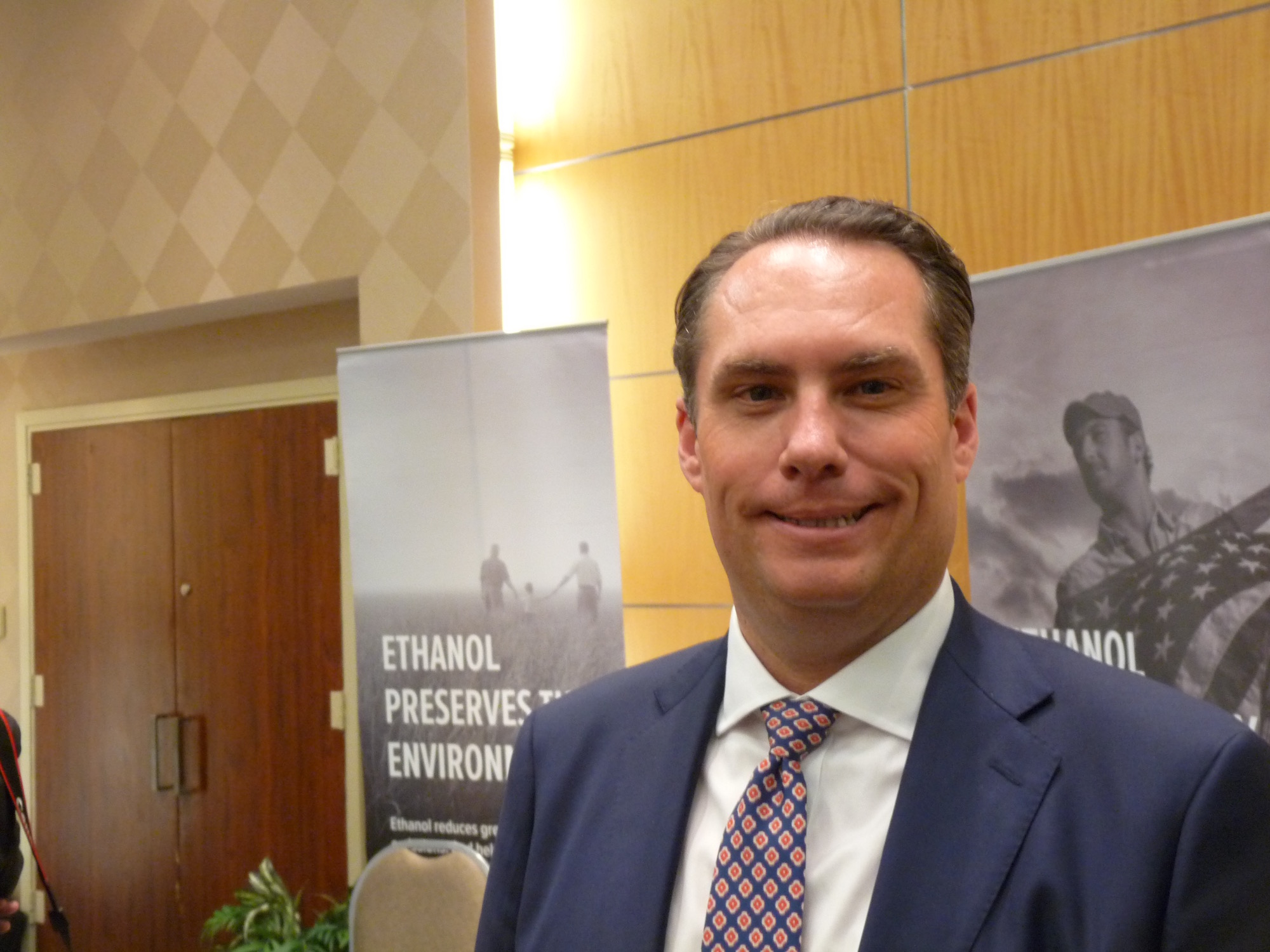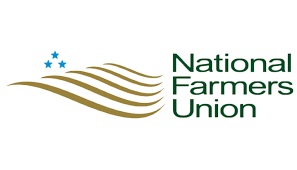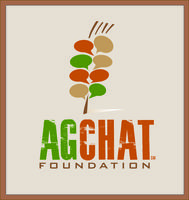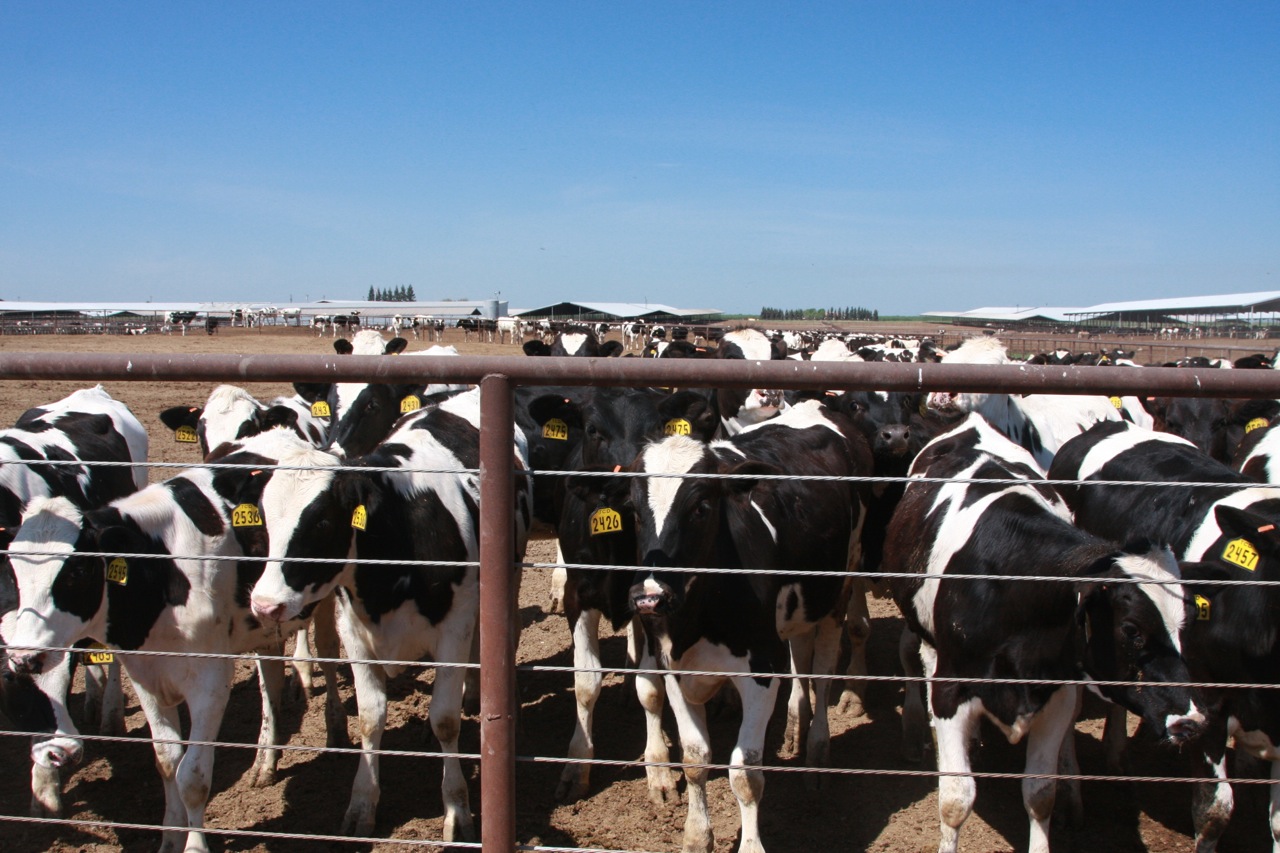Common Sense ESA Enforcement
NCBA Calls for Common Sense ESA Enforcement and Critical Habitat Designations
By Brian German Associate Editor
The interpretation and impact of the Endangered Species Act (ESA) continues to be a concern for growers and ranchers. Ethan Lane, executive director for the Public Lands Council of the National Cattlemen’s Beef Association, is working to inject more common sense into ESA enforcement.
“We’re spending a lot of time on the ESA. It’s an issue that impacts producers all over the West, and it’s starting to creep East as species like the northern long-eared bat and wolves” are added to the list. “So we’re engaging with Congress, talking about ways to improve the act and get it back to its original intention,” Lane said.

Land, who has 18+ years of experience in natural resource and land use issues, commented that to ensure the act is appropriately enforced, “We need to transition back to a place where they can focus on listing, recovery and then delisting a species once those species have recovered. That’s going to take Congress probably getting involved and making sure to refine how those resources are spent and where the attention is placed inside the USFWS.”
Lane emphasized the importance of the ESA and the necessity to ensure it achieves its purpose. “There’s no secret, I don’t think, to anybody who pays attention to this issue,” Lane said. “The ESA is popular with the American people. I think we need to be realistic that we’re not going to be doing away with the ESA anytime soon, so we had better make sure it works for everybody.”
“The first step in doing that,” Lane explained, “is making sure that it is a fully-functioning act; because right now, it is really broken. So we’re putting our attention on solvable issues that people can get behind where we can build consensus and actually try to make some changes.”
As a result of a new rule concerning critical habit guidelines, Lane anticipates potential problems for California’s cattle industry. “There are more species than I can count that could potentially impact the cattle industry in California and beyond,” he said. “So right now, where the rubber meets the road, is in the expansion of critical habitat guidelines on behalf of USFWS. They’ve just released a new expanded rule definition on what constitutes critical habitat. This new designation includes areas that have the biological potential to support that habitat needed for a species’ survival,” he said.






 Kent Bacus, director, International Trade and Market Access for
Kent Bacus, director, International Trade and Market Access for 


















